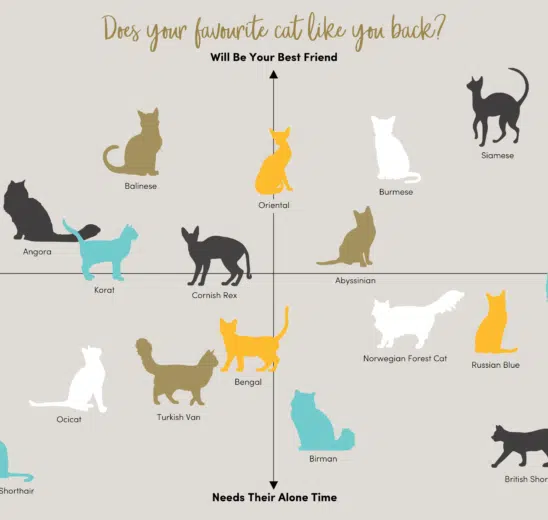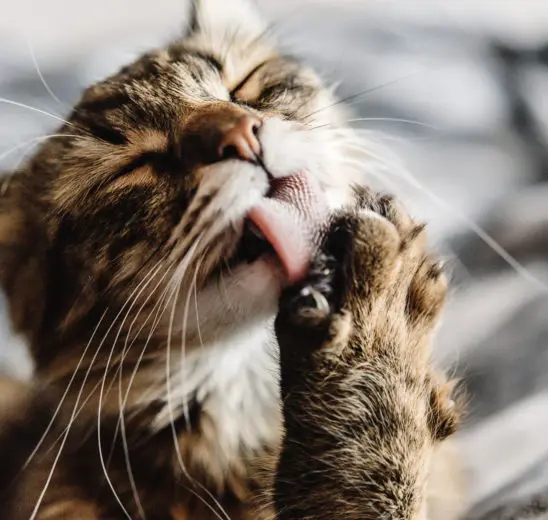Cats, like kids (and, come to think of it, plenty of adults) can be fussy eaters. This is especially true of older pets and those who suffer from allergies and other health issues. So, if you’re thinking of mixing things up by introducing your four-legged friend to a new flavour or maybe even a new brand, you should bear in mind that slow and steady wins.
We’re not talking a glacial pace, but a minimum of a fortnight (14 days) is an ideal transition period. And, steadily changing ratios of new and old food is the basis of a successful switch. Now, the timings and ratios we’re about to recommend should be used a guide only. After all, every cat has his or her quirks and foibles (not fur-balls) don’t they?
Four days of 20% new and 80% old food, should be followed by three days of 40% new and 60% old. After that, the scales tip towards the new food. We suggest three days of 60% new and 40% old followed by three days of 80% new and 20% old and finally, on day fourteen, 100% new.
Throughout the process, just be sure to keep a close eye on your cat’s health. Look out for signs the new food isn’t sitting right with them – diarrhoea and vomiting mean the food either doesn’t agree with your feline friend, or you’re transitioning too quickly. If you spot any such symptoms, you can try a slower approach with smaller incremental changes and ask your vet for advice.
During the transition period, it’s helpful to stay on top of what else your cat could be eating above and beyond regular meals. Things like treats or scraps from your plate will obviously affect their appetite, so it’s harder to tell if they’re keen on their new tucker or not.
It’s always a good idea to consider upgrading to a cat food with higher quality ingredients, like Applaws, just be sure to take a softly, softly approach to making the switch. After all, the ultimate goal is to make your cat as happy and healthy as possible.



